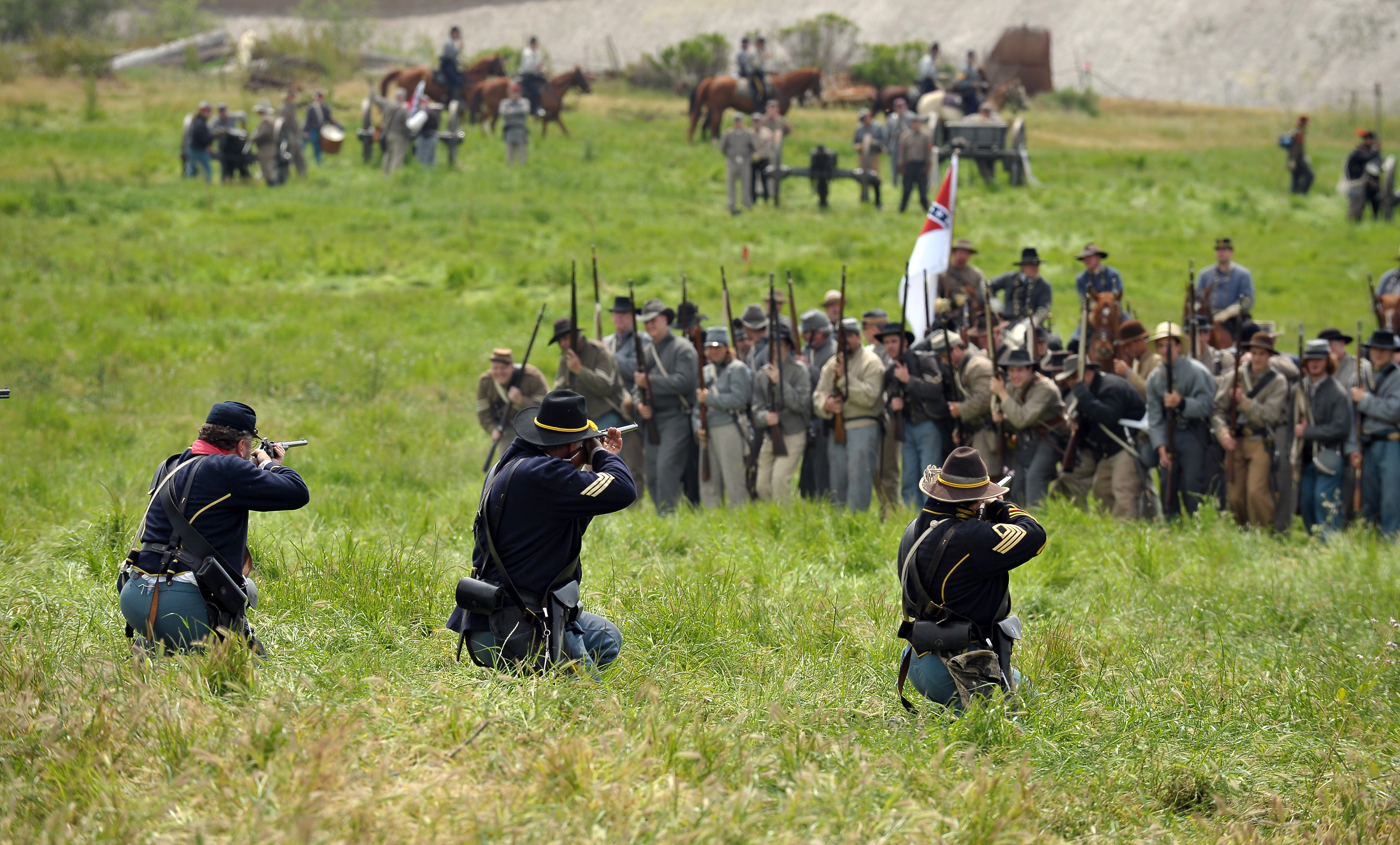
An insightful indicator of wages during the Civil War can be found in The Cause Lost: Myths and Realities of the Confederacy, by William C. Davis. Book also has useful indicators of inflation through 1863.
The northern economy was quite strong during the Civil War, with demand for skilled and unskilled workers in industry creating more lucrative job opportunities in the civilian world than being in the army.
While the pay for a soldier was $13 a month, the author says a man could make four times that much money merely by working as “a sign maker or a clerk in a dry goods store” (location 26210). That stat is credited to American Annual Cyclopedia, 1863, p. 413. A 30 second search on the ol’ internet suggests the book can be had for between $60 and $100.
The ratio of 4x suggests a dry good store clerk could make somewhere around $50 a month.
We need to be a bit cautious of the $50 versus $13 comparison until we know whether the $50 rate includes room, board, or both. I’ve learned that in the distant past, wages sometimes did and sometimes did not include a place to sleep and your food.
I have no idea what the 4x rate for a clerk would include. I do know the $13 a month pay for a private would also come with shelter (sometimes barely tolerable, sometimes horrible, but usually camping out) and food (hardtack, often some pork, occasionally beef, and lots more hardtack).
That pay differential was one of many reasons the north had a tough time enlisting enough soldiers.

Inflation
Book provides a number of indicators of the inflation rate during the insurrection.
One survey of consumer goods and raw materials for manufacturing showed 29% inflation in 1863. Within that survey, coffee increased by a factor of 12 in 1863 and corn increased 60% (location 26234).
According to the book, there were substantial wage increases, but the net effect in the north was a decline in purchasing power of about 20% in 1863.
Impact in the south was excruciating. Labor shortages, limited jobs for those few available workers, lack of imports, lack of hard currency, and the same drought-caused agricultural production drop as in the north caused severe inflation in the south.
Book says (location 26442) inflation was about 300% in the Confederacy during 1863 with a mere 35% increase in wages.
Run up in gold prices was 700% in the south during 1863 compared to a 17% rise in the north.
Book converts the inflation through 1862 into the stats we are now accustomed to seeing.
With February 1861 as a base of 100, by December 1862 (before the increases mentioned above) the now-calculated price indicator stood at 114 in the north but was a staggering 686 in the south. Footnoted source for the paragraph with that data is McPherson, Battle Cry of Freedom, p. 447, 691, and Long, The Civil War, p. 728.
Now, let’s extend the 116 and 686 price indicators in December 1862 by the 29% and 300% inflation factors mentioned for 1863, for which the southern loss at Gettysburg is the cited cause and more severe loss at Vicksburg is an obvious contributor.
| Feb 1861 | Dec 1862 | 1863 inflation | Dec 1863 | |
| Union | 100 | 114 | 29% | 147 |
| Confederacy | 100 | 686 | 300% | 2,744 |
| ratio | 1.0 | 6.0 | 10.3 | 18.7 |
That is a crushing amount of inflation. Just imagine trying to feed your hungry babies with that level of price changes. No wonder there were food riots in the south.
Date of first incident of insurrection
As an aside, the book points out (location 41854) that the first incident of ‘armed insurrection’ was not the southern firing on Fort Sumter. Instead, the first armed violence was when South Carolina seized federal property, specifically a revenue cutter, Fort Pickney, and Fort Moultrie. That incident of armed rebellion was way back on December 27, 1860.